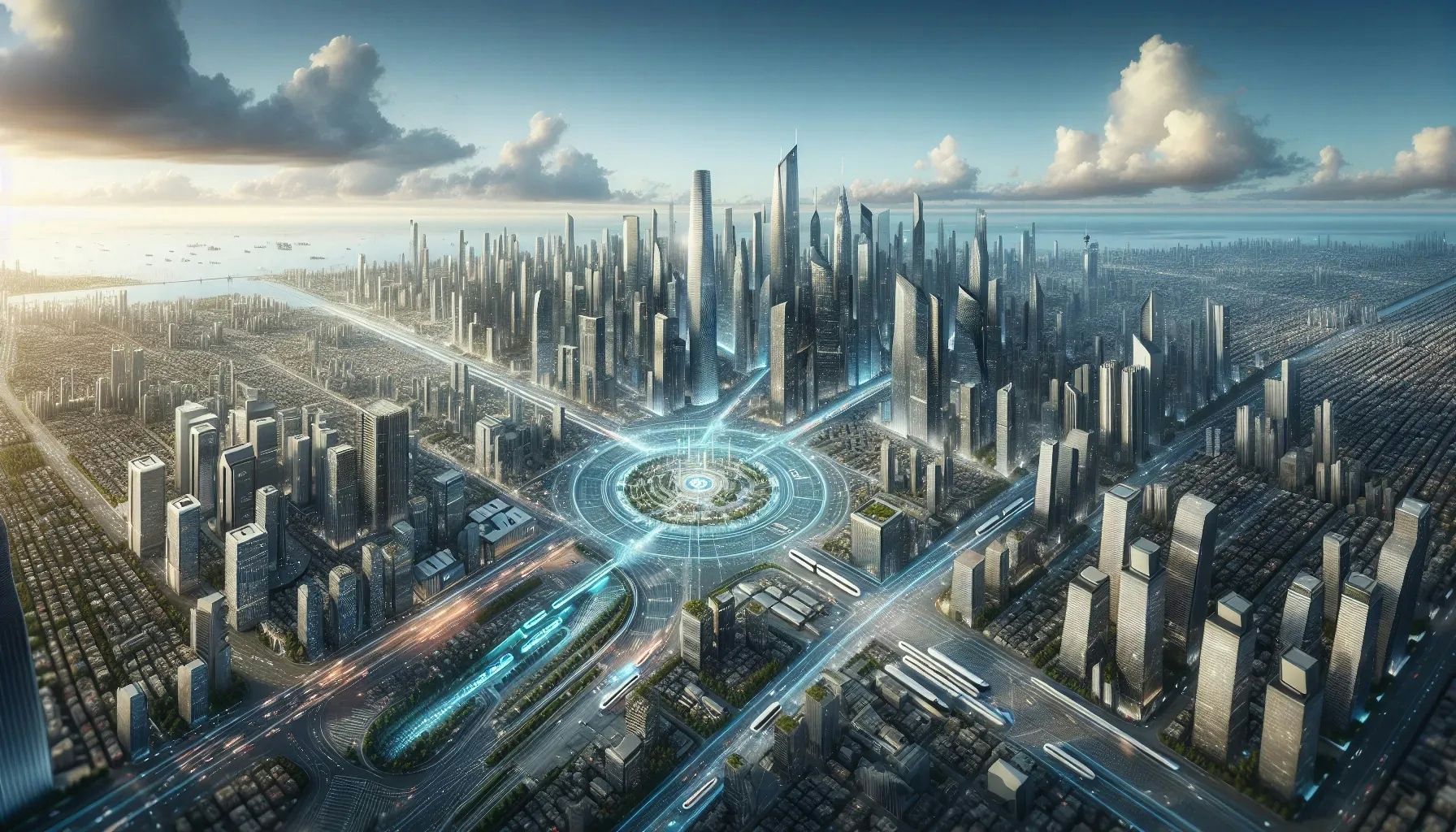What Methods Do Architects Use to Ensure Urban Planning Projects Are Adaptable for the Future?
Architect Today

What Methods Do Architects Use to Ensure Urban Planning Projects Are Adaptable for the Future?
In the ever-evolving landscape of urban development, an Urban Designer emphasizes the importance of 'Embracing Tactile Urbanism' to ensure adaptability in urban planning. Alongside expert insights, we've gathered six additional answers that reflect a range of strategies, from the practical to the innovative. These insights culminate in the vision of 'Focusing on Scalable Green Spaces', illustrating the diverse approaches to future-proofing our cities.
- Embrace Tactile Urbanism
- Implement the City Sandbox
- Advocate for Flexible Zoning
- Design Multi-Purpose Buildings
- Utilize Predictive Data Modeling
- Plan for Technological Integration
- Focus on Scalable Green Spaces
Embrace Tactile Urbanism
Tactile Urbanism, with its 'kit-of-parts' approach, transforms the city into a responsive hub for the ever-evolving needs of its residents. The integration of modular road segments, featuring removable elements like interactive street furniture, and flexible public spaces, fosters a dynamic environment that seamlessly adapts to technological advancements and community preferences.
Imagine the impact of replaceable green spaces, utilizing modular landscaping to support emerging ecological concepts and green technologies. This forward-thinking approach ensures that the city remains at the forefront of environmental sustainability.
By relaxing traditional zoning boundaries, Tactile Urbanism encourages the creation of micro-communities, each with a unique identity. This strategy promotes diversity and adaptability within the larger urban framework, resulting in a vibrant mosaic of spaces that cater to varied lifestyles and demographics.
With the incorporation of adaptable building structures, equipped with detachable components, Tactile Urbanism signifies a commitment to a resilient and enduring urban planning strategy. Tactile Urbanism, in essence, redefines the city as a living entity that thrives on adaptability, sustainability, and resilience, setting the stage for a dynamic and future-proof urban landscape.

Implement the City Sandbox
We find the 'City Sandbox' approach to be one of the most effective methods of ensuring that urban planning projects can be adaptable to future needs. It essentially involves selecting certain zones in the city as testing grounds to explore new and innovative ideas in real-time. This technique requires the development of a modular and adaptable infrastructure and the integration of smart technologies for data-driven decision-making. In addition, it is important to interact with the local community members to understand their evolving needs and collaborate with local innovators to test out the new ideas accordingly. There must be flexibility with the rules and regulations so that the urban landscape can easily adapt to the community's changing requirements, making the city future-ready.

Advocate for Flexible Zoning
Architects work to create zoning regulations that can adapt over time to accommodate changes in community needs, which is a cornerstone of sustainable urban development. By allowing zones to evolve, they can transition from residential to commercial or mixed-use as the situation demands. Flexibility in zoning helps cities to be resilient to economic, social, and environmental changes.
This approach prioritizes longevity and promotes a proactive stance to urban growth. Consider advocating for adaptable zoning laws in your community to aid in creating a city that's ready for tomorrow.
Design Multi-Purpose Buildings
The design of multi-purpose buildings is another strategy that architects employ to future-proof cities. These structures are made to serve various functions and can easily switch roles, serving as office spaces, apartments, or community centers with minimal renovation. The dynamic nature of these buildings means they can respond to shifts in demographics or market demands without requiring significant reconstruction.
By making structures that can adapt to multiple uses, architects contribute to a city's long-term vibrancy. Encourage multi-use building projects in your city to help ensure its adaptability for years to come.
Utilize Predictive Data Modeling
Using predictive data modeling is a method architects use to inform their urban planning decisions. By analyzing large sets of historical and current data, they can forecast potential future trends and requirements. This foresight enables them to design urban spaces that are not only suitable for the present but can also accommodate expected population growth, environmental changes, and technological advances.
Predictive modeling is about anticipating the future to make informed decisions today. Engage with your local urban planners and ask how they are using data to plan for the future of your city.
Plan for Technological Integration
Architects are also focusing on incorporating future technological improvements into their urban planning projects. By designing cities with the infrastructure to support upcoming technology, they create an environment capable of integrating new systems and devices seamlessly. This could mean anything from self-driving car lanes to smart grids for energy distribution.
Technology integration ensures that urban areas remain up to date and functional as new inventions become everyday reality. Join discussions about tech-ready infrastructure to keep your city on the cutting edge.
Focus on Scalable Green Spaces
Lastly, architects ensure urban sustainability by planning for green spaces that can be expanded or reconfigured as the city evolves. These areas can be scaled up or down, allowing them to provide necessary ecological benefits and public spaces for communities even as populations grow and city structures change around them.
Implementing scalable green spaces help in maintaining biodiversity, improving air quality, and providing residents with essential outdoor areas. Start a conversation on the importance of scalable green spaces for maintaining your city's health and well-being.